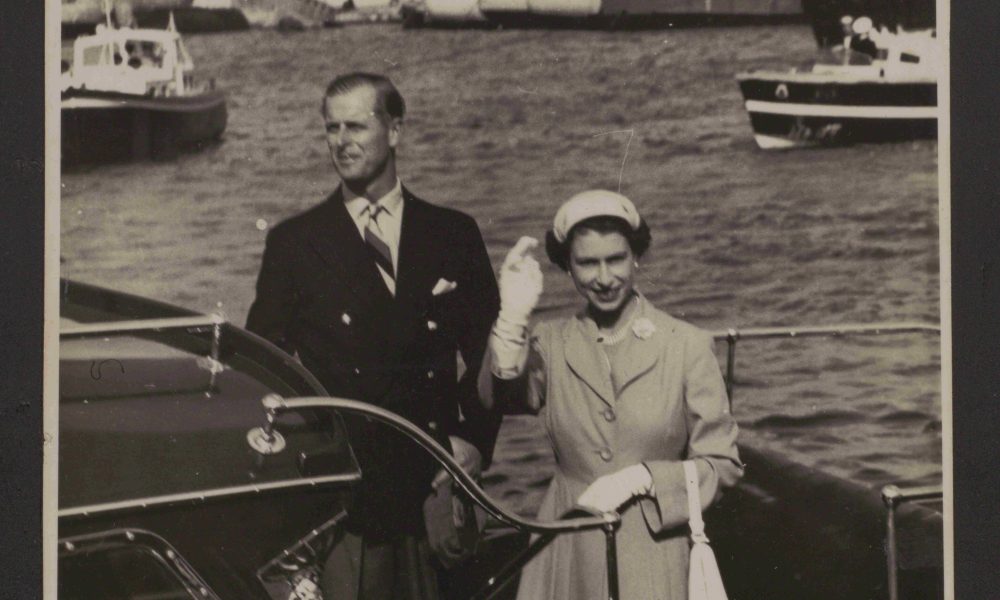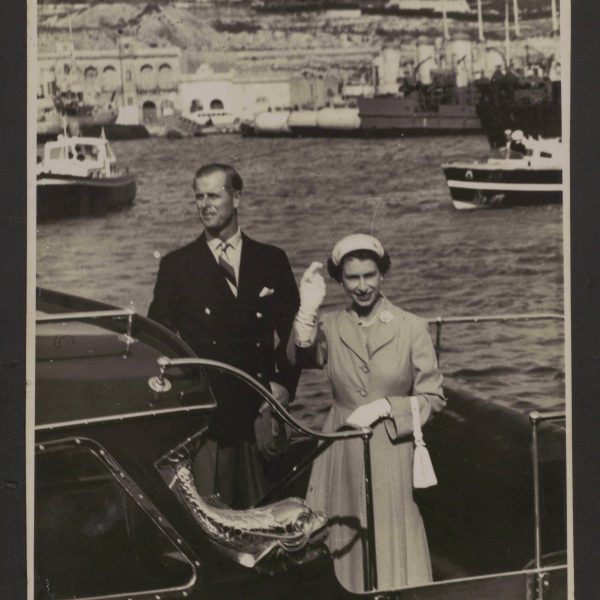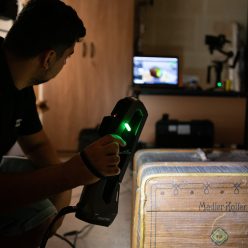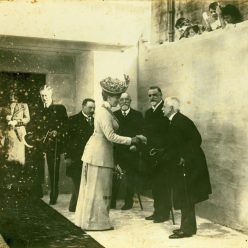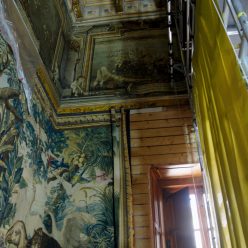written by Daniela Attard Bezzina
Young girls have fancy dreams. They let their imagination run wild, past childhood and into adulthood, and in that fantasized world they are pop stars, idolized actresses, daring astronauts, aircraft pilots, acclaimed scientists. Or even princesses and queens. But what does a little princess with a predetermined destiny dream of and aspire to become? Does she feel lucky to live in a palace, to be constantly curtsied and guarded? Does she ever wonder what life would have been like had she been born a commoner? Does she ever crave the joy of freedom, anonymity and life’s simplest pleasures?
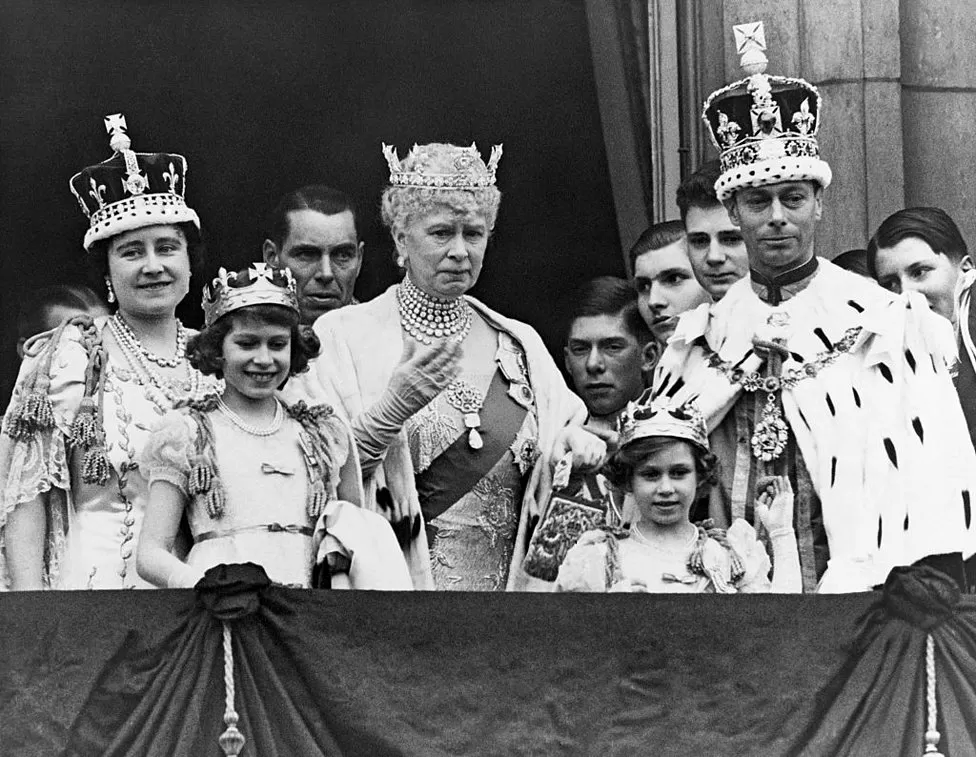
The unspoken answers will today be laid to rest forever alongside Her Majesty Queen Elizabeth II. One thing that is known for sure, however, is that – whether she had ever craved it or not – here in Malta she experienced that freedom, that mundane normality which is taken for granted by billions of people every day but which was indulged in with relish by a princess set to become the second longest-reigning monarch in history.
For months at a time between 1949 and 1951, Princess Elizabeth would visit her husband, Prince Philip, while he served in Malta as an officer of the Royal Navy. Both still in their twenties and married for just a few years, here they could enjoy the intimate cosiness of a house instead of a palace, spend precious quiet moments alone, and explore the island’s villages and secluded beaches in blissful privacy. There were inevitable official engagements, of course, but for the rest of the time – and probably for the first and last time in their lives – the young couple’s existence verged on the ordinary. They even managed to go to the cinema and to frequently go dancing at the Phoenicia Hotel, where the band would play the princess’s favourite tune from the musical Oklahoma!.
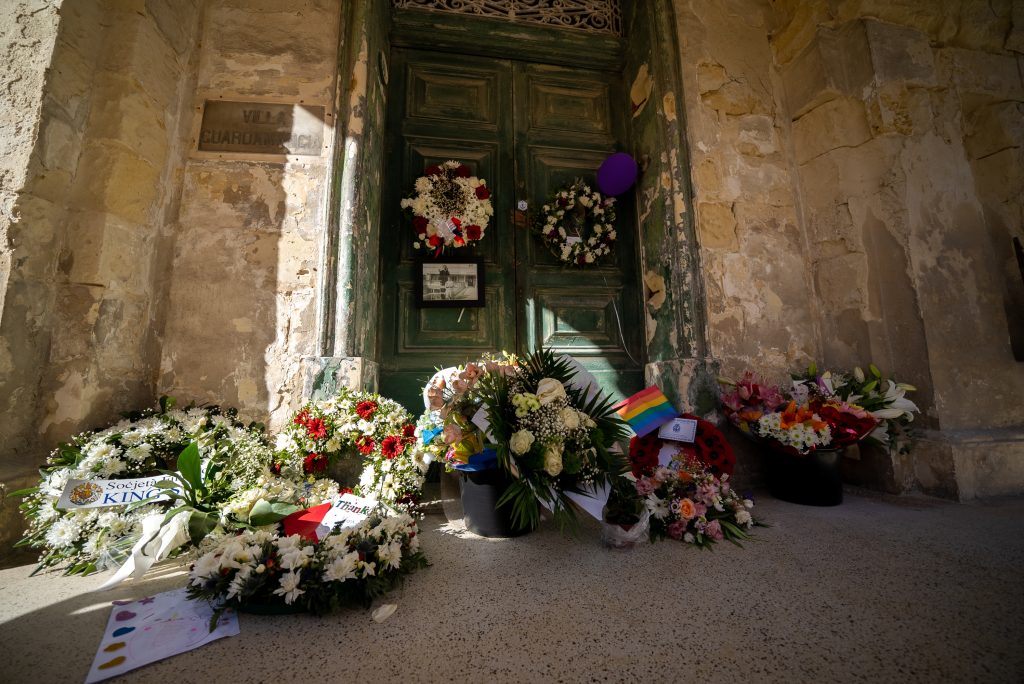
As a naval wife, Princess Elizabeth fulfilled all duties expected of her, attending functions with her husband, helping out with parties held onboard, and entertaining guests at dinners and high teas in the halls and garden of Villa Guardamangia, her home while in Malta. But she also had time for herself, and during that time she grew to love this island and its people.
She could often be seen chatting to the locals, be they neighbours or complete strangers, seeming genuinely interested in what they had to say and expressing empathy in times of sorrow. She chauffeured herself around the island, usually only accompanied by a lady-in-waiting and, at most, by a security guard hovering in the distance. She regularly visited a hairdressing salon and mingled with other shoppers in Sliema, sometimes stopping to buy toys for her eldest son, Charles, then still a toddler who did not join his parents in Malta.
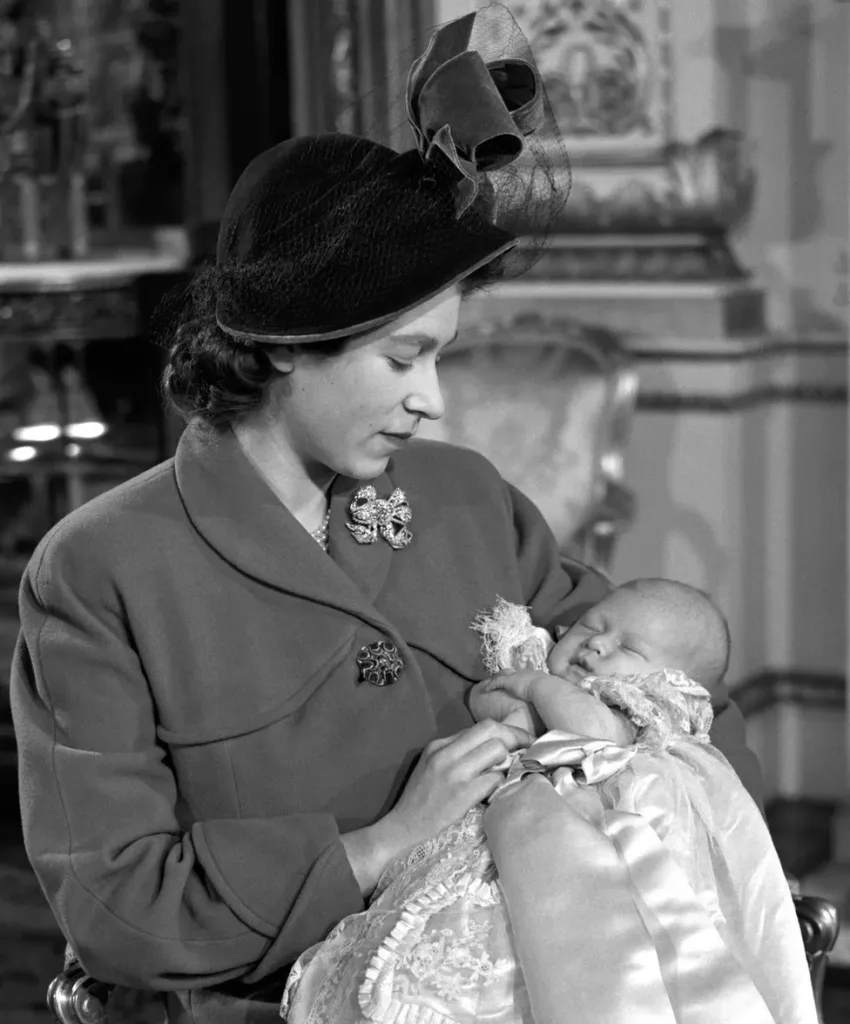
Indeed, the reason why the princess had to cut short her visit to Malta involved her children on two separate occasions. Once Charles had a bad bout of tonsillitis, spurring his mother to be by his side, and another time the princess’s pregnancy was nearing full term and she went back to England to give birth to her daughter, Anne.
Princess Elizabeth’s time in Malta bred a sense of familiarity with all things local. While here, she was known to watch carnival floats and the Good Friday procession in Valletta, savouring two contrasting aspects of Maltese culture. And she never hesitated to sample traditional Maltese fare, particularly rabbit, pastizzi, lampuki pie and typical local bread.
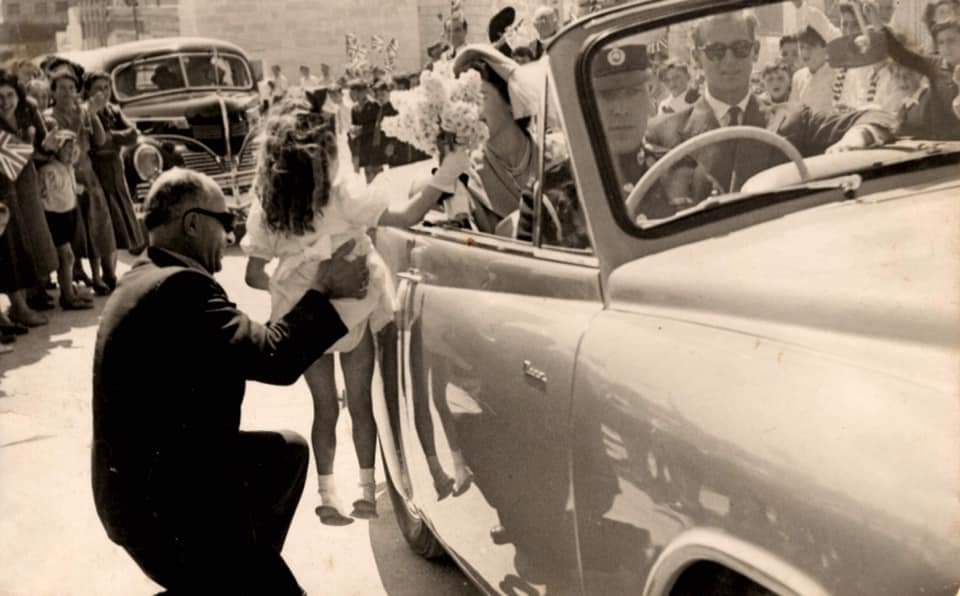
In later years, as Queen of England, Head of the Commonwealth and ruler of the British Empire, Her Majesty would always speak fondly of Malta, recalling the happy memories she made here. And the Maltese, in turn, will always speak fondly of Elizabeth, the carefree, agile young woman who happily roamed their sunny streets, who always had a kind word to say, … who was a Queen but, first and foremost, a human being.
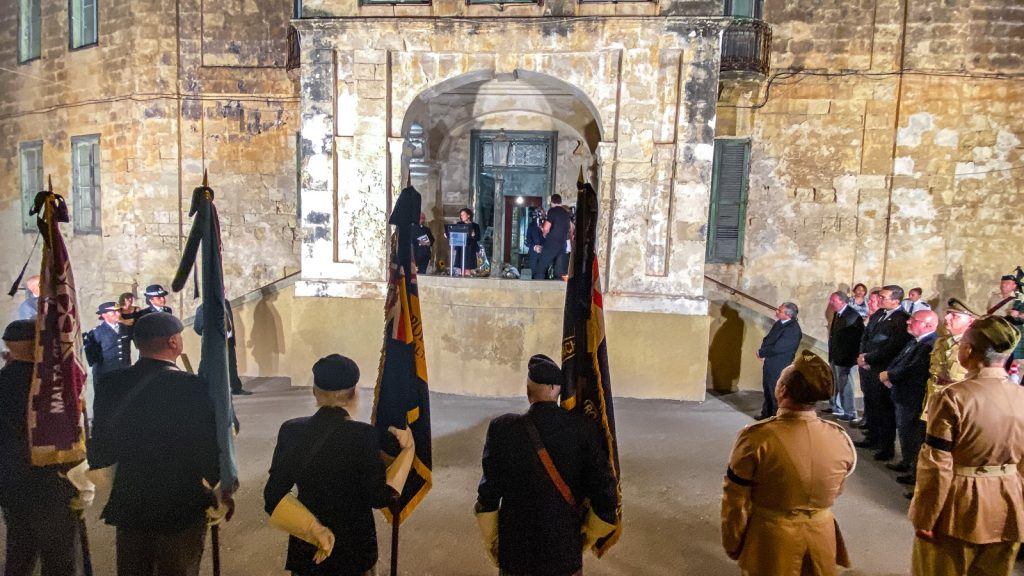
Latest News
